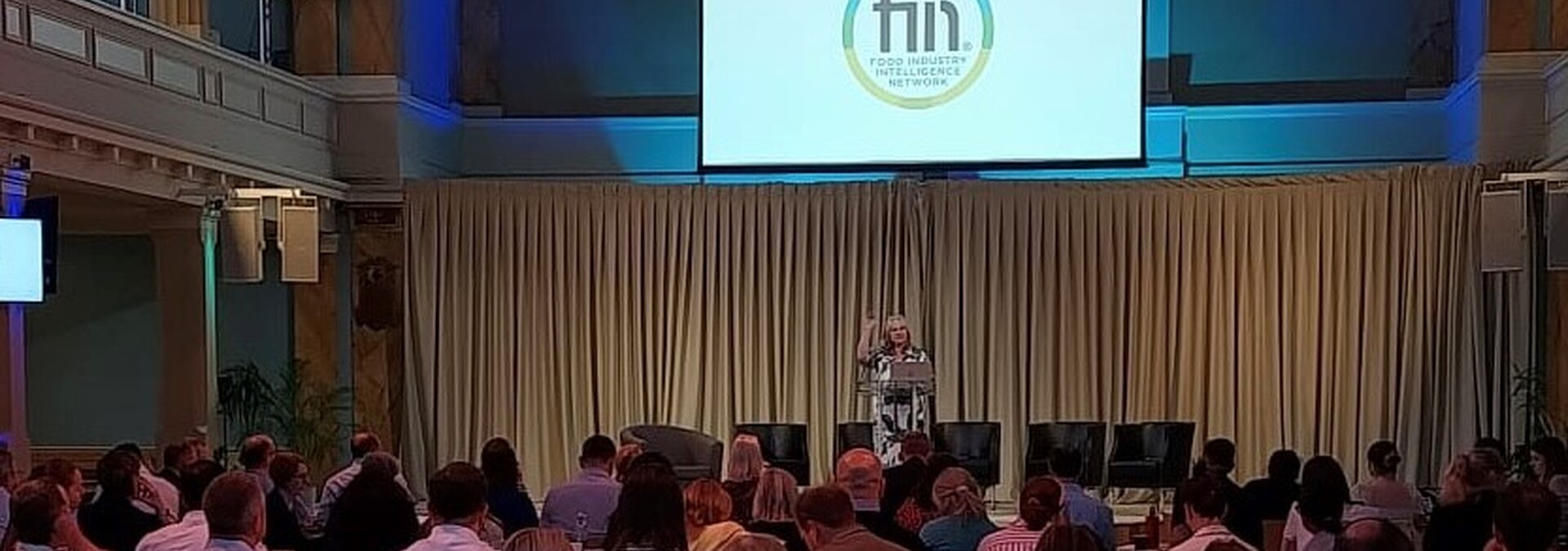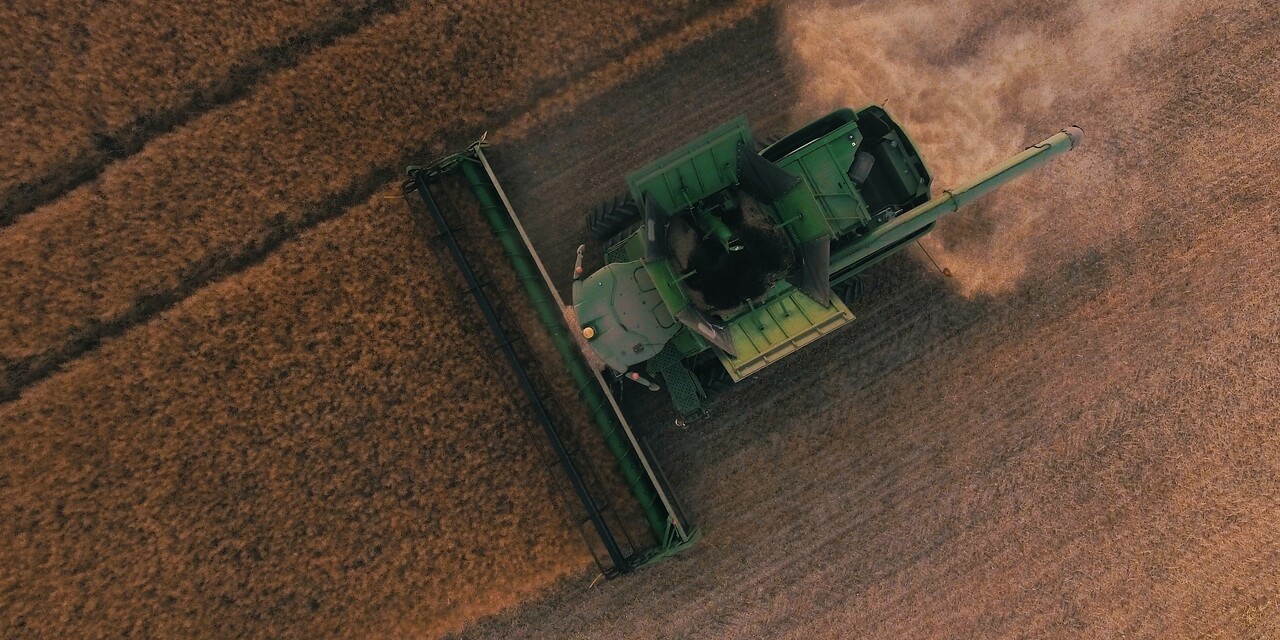
fiin member meeting 2024
Looking beyond test results, AI and collaboration
The Food Industry Intelligence Network (fiin) welcomed 130 food industry professionals to its annual members meeting in central London this June.
Delegates, from a wide range of industries, including manufacturing, retail and food service, had the chance to listen to some of the sector’s leading figures; Professor Saskia van Ruth (University College Dublin), Andrew Opie (British Retail Consortium), Ron McNaughton (Food Standards Scotland), Jon Roe (Morrisons), and Claire Yates (Co-op). They joined fiin Board members to hear about developments in food authenticity, food crime prevention and supply chain resilience.
With a varied list of topics from the analytical methods used to detect sugar adulteration in honey, to a case study on raw material authenticity, the day provided a lot of food for thought.
Notably, members were updated on fiin activity from the past 12 months in support of its mission to protect consumers and strengthen the food industry’s defences against fraud, both domestically and globally.
This includes the completion of a collaborative testing project on oils, participation in the FSA working group on food fraud, a focus on honey authenticity testing and a new data project to improve data analysis and insights around the 300,000 test results carried out on behalf of fiin, to date.
Members also helped to shape the future of fiin through interactive workshops on combatting food fraud issues in global supply chains.
Key themes of the fiin member meeting
While the presentations given covered a wide range of areas, some key themes emerged:
Authenticity testing – opportunities and challenges
One key theme centred around the quality and proficiency of laboratories conducting the authenticity testing, as poor methodology and lack of experience can lead to unreliable results.
The challenges and limitations of current authenticity testing methods, such as issues with the validity and representativeness of the databases behind techniques like nuclear magnetic resonance (NMR) and SIRA (Stabe Isotope Ratio Analysis) were also discussed.
fiin members were encouraged to take a wider 'weight of evidence' approach, rather than relying solely on analytical test results, to determine product authenticity.
Using an example of organic apples that were found to have a particular nitrogen isotope ratio, suggesting the apples were not authentically organic, fiin Board advisor Saskia van Ruth was brought in to investigate.
Her findings surmised the laboratory carrying out the testing was not accredited for the isotopic analysis they performed, and did not have the method properly validated. Only 15-20 apple samples were analysed so far, and only a small sample of general research papers, not specifically addressing apples, were used in the assessment for comparison, rather than a full database.
After deeper investigation, including taking samples from the orchard and analysing the soil and leaves, Prof van Ruth determined the results were not beyond doubt, the apples could be authentically organic, showing the importance of looking beyond data and interrogating initial results and considering context.
Using data to spot current and emerging risks
Although data remains fundamental to spotting food fraud risks, fiin members were reminded of the importance of innovation in continuing to enhance and improve ways of protecting consumers from potential fraud incidents.
While AI and machine learning could be useful for horizon scanning and predictive analysis, to identify emerging risks and trends based on historical data, these tools need to be implemented cautiously, according to Andrew Opie, Director of Food and Sustainability of the British Retail Consortium.
“Inevitably, the future of combatting food fraud is going to include the use of AI but what that looks like, we don’t know at the minute. The holy grail would be to get into the predictive space of giving us all the possible outcomes, which is always informed by history,” he said.
Collaboration to prevent food crime
Collaboration, data sharing, and a multi-stakeholder approach are essential for tackling the complex and evolving problem of food fraud, as stressed by Ron McNaughton, Head of the Scottish Food Crime and Incidents Unit, FSS.
“Working collectively and sharing information is the best way of staying ahead of potential risks. Building trust with partner organisations is fundamental to this,” he said.
“If we need industry insight on a specific issue, setting up a stakeholder reference group with representatives from industry is incredibly helpful. We immediately gain sector experience, current industry insights and sometimes evidence to support our investigations.
“Ultimately, convictions are important, particularly for deterrence, however, disruption of criminal activities and proactive crime prevention are equally critical in fighting food fraud.”
Members were also urged to look at the free FSS Food Crime Risk Profile tool, which is designed to help companies assess their vulnerability to fraud incidents.
Working together for food and drink integrity
The day was closed by Dean Holroyd, Group Technical and Sustainability Director at ABP Food Group and fiin Board member, who stressed collaboration is the fundamental ethos of the fiin membership group.
“Collaboration brings together the expertise and resources of multiple stakeholders. The greater the collaboration, the larger the data pool and the more robust fiin’s analytics can be,” he explained.
“fiin was founded on the concept of collaboration and it’s a key reason as to why our members join. We’ve found that the more we work collaboratively, the bigger the impact that we have – in fact, there’s no impact without collaboration.”

